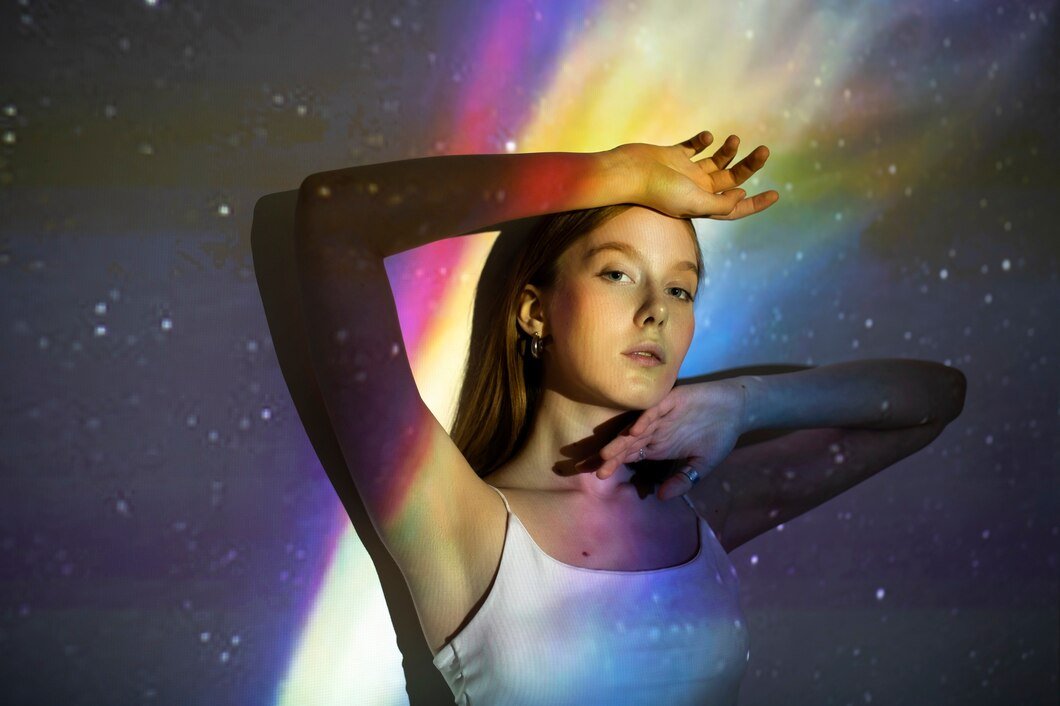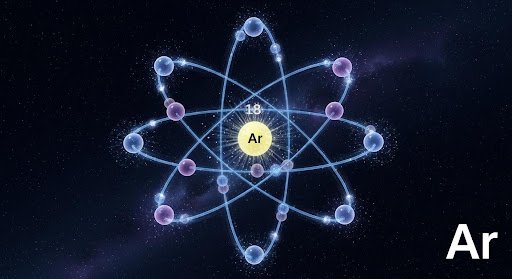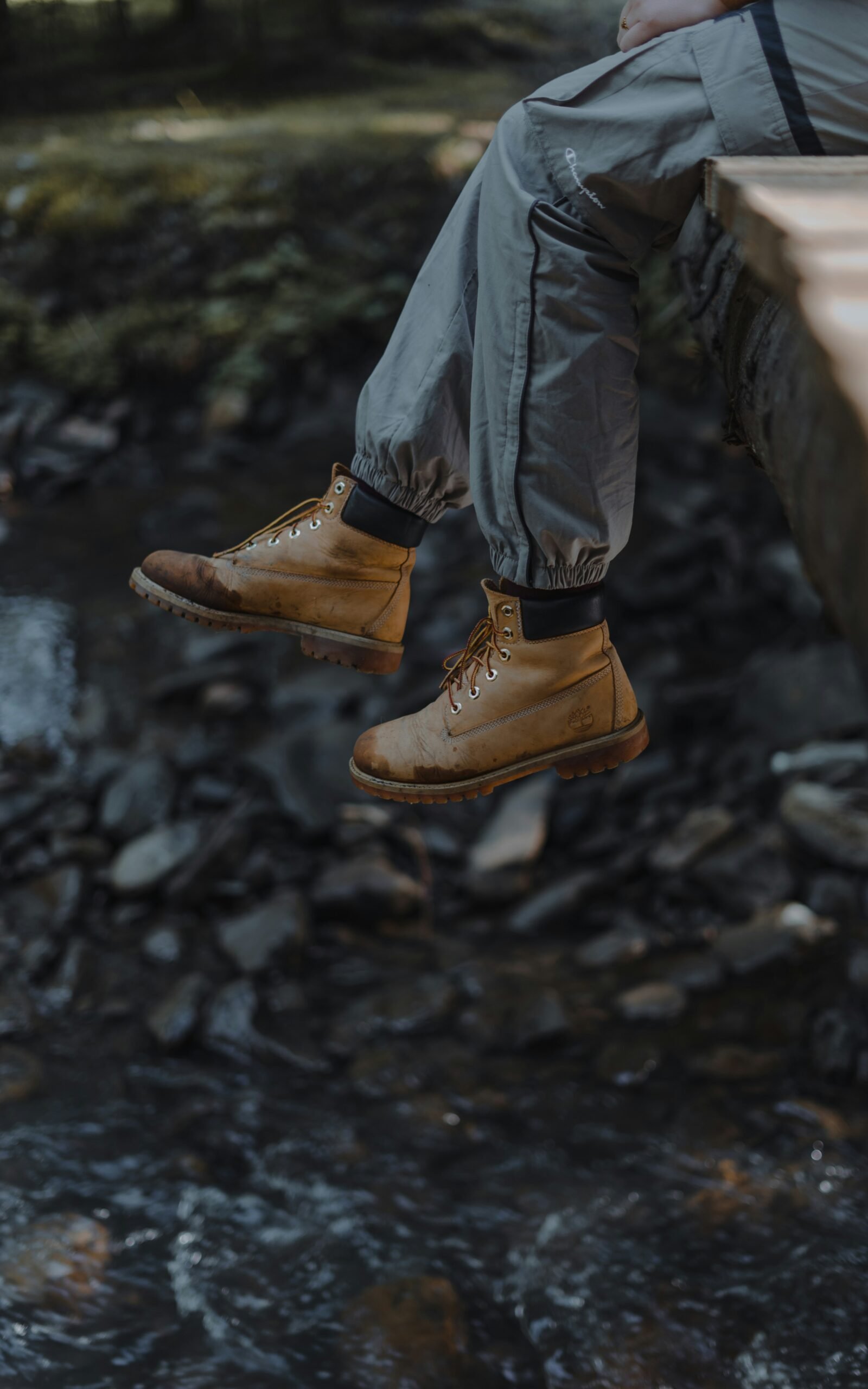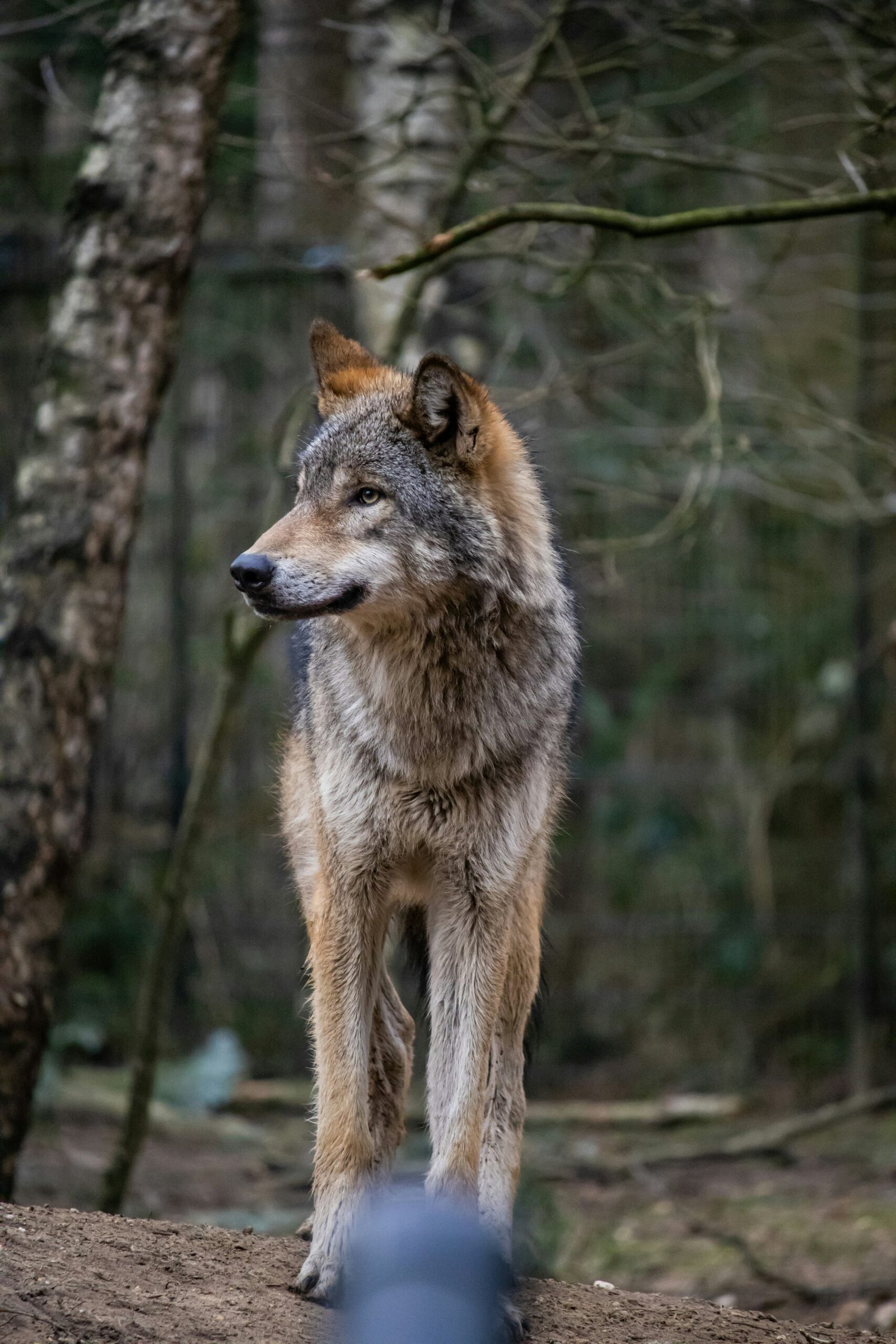The aurora borealis, or northern lights, are one of the Earth’s most awe-inspiring natural displays. Impressive curtains of vividly colored light, these celestial shows occur worldwide in polar regions, enchanting those lucky to witness them. The prospect of seeing the aurora draws visitors from all corners of the globe, eager to bask in its beauty. But beyond its aesthetic allure lies a fascinating interplay of natural forces that captivates scientists and enthusiasts alike. This guide seeks to unravel the mysteries of the aurora borealis by examining its scientific foundations, exploring the conditions contributing to its visibility, and highlighting premier destinations for aurora viewing. By diving into the heart of this phenomenon, you can enhance your appreciation and understanding of one of nature’s most extraordinary spectacles.
The Science Behind the Aurora Borealis
The aurora borealis is rooted in the complex interactions between solar winds and Earth’s magnetic field. The journey begins on the sun, where charged particles are hurled into space as solar winds. As these energized particles speed towards Earth, they encounter our planet’s magnetic field, primarily concentrated at the poles. This field serves as a protective shield that directs the particles toward the polar regions, where they penetrate the upper atmosphere. Upon colliding with atmospheric gases such as oxygen and nitrogen, the particles release energy in the form of light, creating the luminous phenomena we call auroras.
The colors of the aurora are determined by the type of gas the solar particles encounter and the altitude of interaction. An oxygen collision results in green and red lights, whereas nitrogen interactions produce variations of blue and purple. These dancing lights illuminate the night with a tapestry of colors that can stretch across vast expanses of sky. Travelers looking to catch a glimpse of Iceland should know the best time for northern lights in Iceland, typically from September through March, when long nights coincide with increased solar activity.
Optimal Viewing Conditions
The aurora borealis demands specific conditions for prime visibility. Establishing an ideal setting involves ensuring darkness, as artificial lights can diminish the visibility of auroral displays. Cities with significant light pollution are less favorable for aurora-watching, so venturing into rural areas or open country is advisable for clear skies. The moon’s phase is also essential; a new moon offers the darkest skies, enhancing the aurora’s luminous colors.
Weather is another critical factor, and clear skies are crucial for viewing. During overcast conditions, even the most dazzling displays remain hidden from sight. Geomagnetic activity figures prominently in auroral displays, and the K-index measures it. A higher K-index indicates more vigorous geomagnetic activity and a broader range of potential aurora visibility, sometimes even extending to lower latitudes.
Due to heightened solar wind eruptions, the most favorable times for aurora viewing typically occur around the equinoctial periods in March and September. With its long nights, winter offers extended opportunities for sightings, making it an opportune time for planning aurora-centric trips. Travelers should consult daily aurora forecasts from reliable meteorological resources to sync planned outings with peak activity.
Global Hotspots for the Northern Lights
Numerous destinations around the world present excellent opportunities for viewing the aurora borealis. Scandinavia is a prime region, with Norway’s Tromsø often being heralded as the “Gateway to the Arctic.” Here, travelers are treated to spectacular auroral displays and diverse winter activities like husky safaris and snowmobile exploration. Sweden’s Abisko National Park, with its ” Blue Hole climate phenomenon,” assures clear skies for aurora viewing more reliably than many other spots.
In Finland, the pristine expanses of Lapland offer majestic views, often framed by forests and lakes, and can be enjoyed from the comfort of an aurora glass igloo. Over in the western hemisphere, Canada’s Yukon is a haven for northern light chasers—a vast, lightly populated region where aurora activity is frequent.
Each location brings its distinct charm, giving travelers a broader taste of local culture and nature. When selecting a location, consider factors like travel logistics, accommodation, and additional activities to make the journey worth every moment. Each destination is unique and rich in opportunities to create lifelong memories.
Preparing for Your Aurora Adventure
Thorough preparation is vital to making the most of an aurora-viewing expedition. Begin by researching your chosen destination’s climate. Understand that temperatures in these regions can be very low, necessitating warm and layered clothing. Waterproof outer layers can further protect against snow and moisture, which could be encountered during your adventure.
Those interested in capturing the aurora through photography should equip themselves with the right tools—a robust tripod to ensure stability, a camera that allows manual settings, and a remote shutter to minimize accidental movement. A wider aperture (low f-stop), high ISO settings, and longer exposure times are recommended to capture the aurora’s brilliance adequately.
For individuals who may prefer guided tours, these specialists can offer significant advantages, including insider knowledge of the best local spots for viewing, insights into capturing photographic memories, and overall guidance in navigating the area. Such tours can heighten the experience by easing the entire process and enabling you to focus solely on the awe-inspiring displays above.
Conclusion
The aurora borealis remains one of nature’s most exquisite spectacles, combining art and science in an unforgettable confluence of color and light. Whether you’re gazing skyward as an enthusiastic traveler, an amateur photographer, or a curious observer of the natural world, understanding the physics behind the lights and planning your journey carefully enhances the overall experience. With patience and preparation, the aurora borealis lights will etch long-lasting memories into your soul, offering a moment to pause, reflect, and appreciate the universe’s astonishing beauty.





